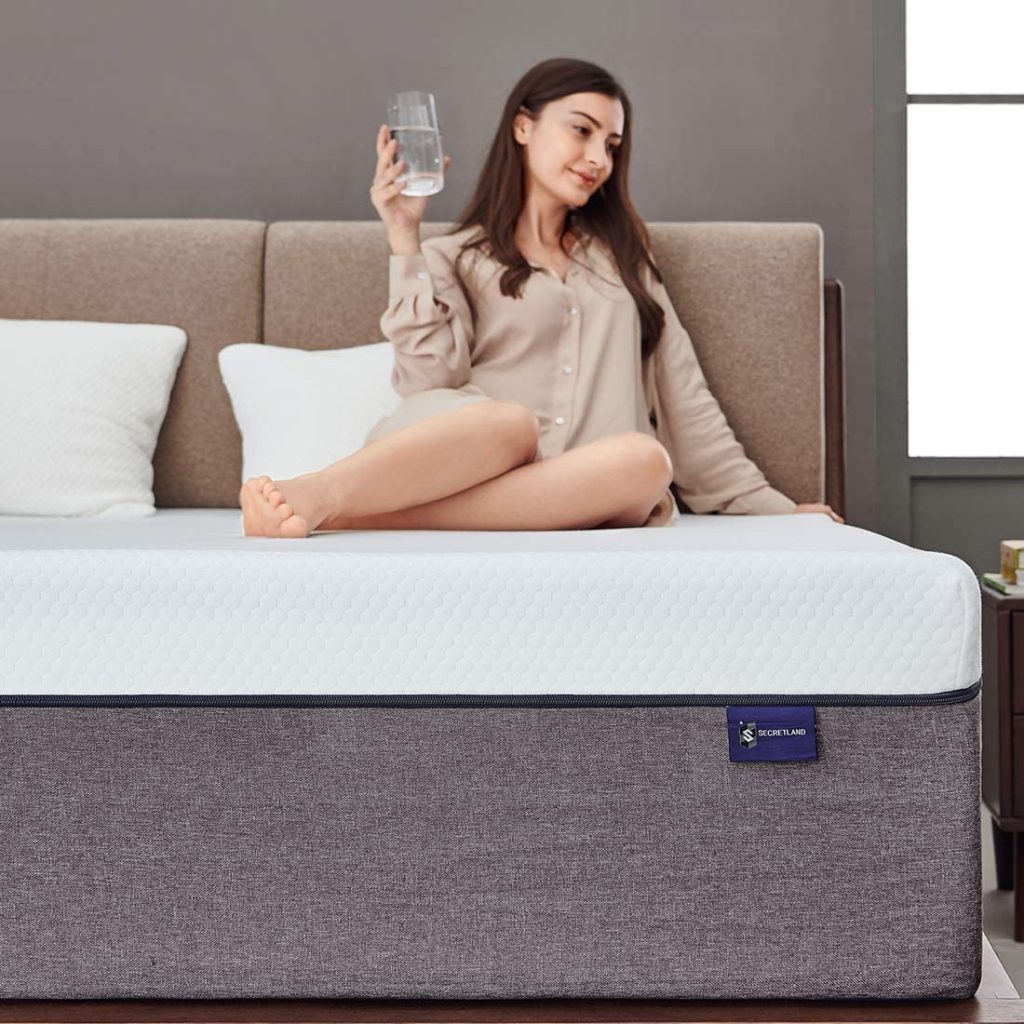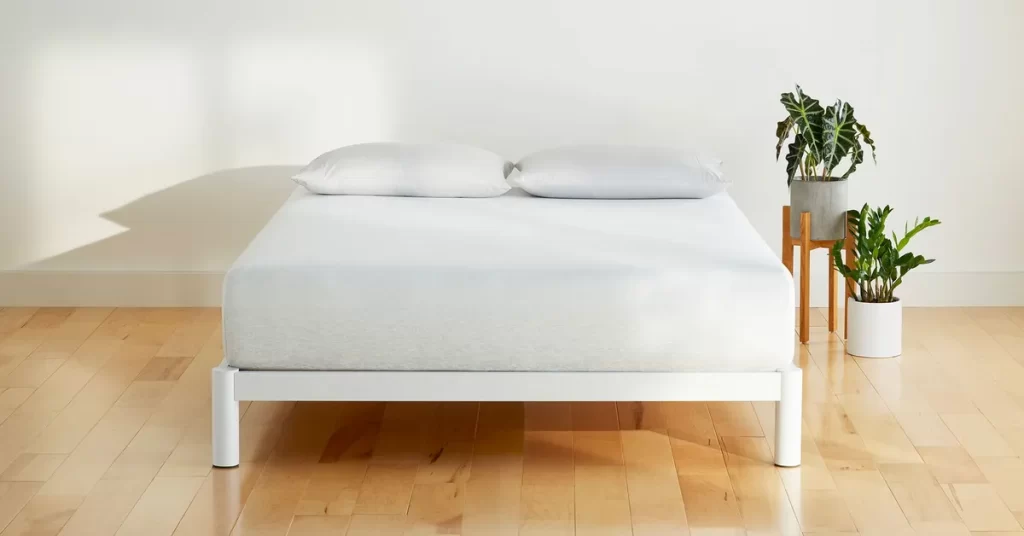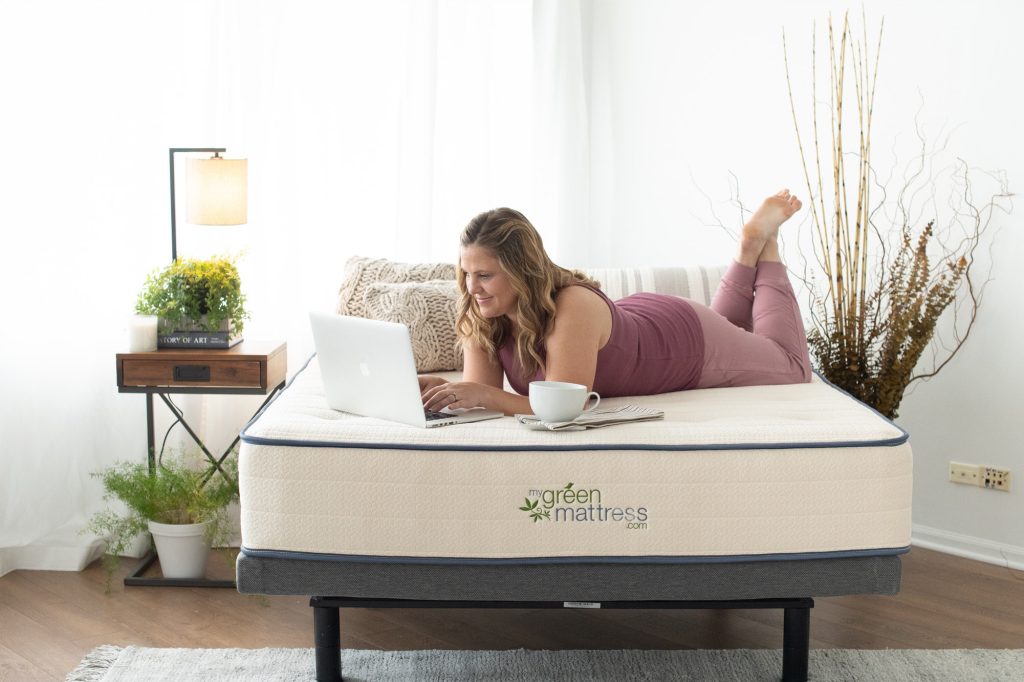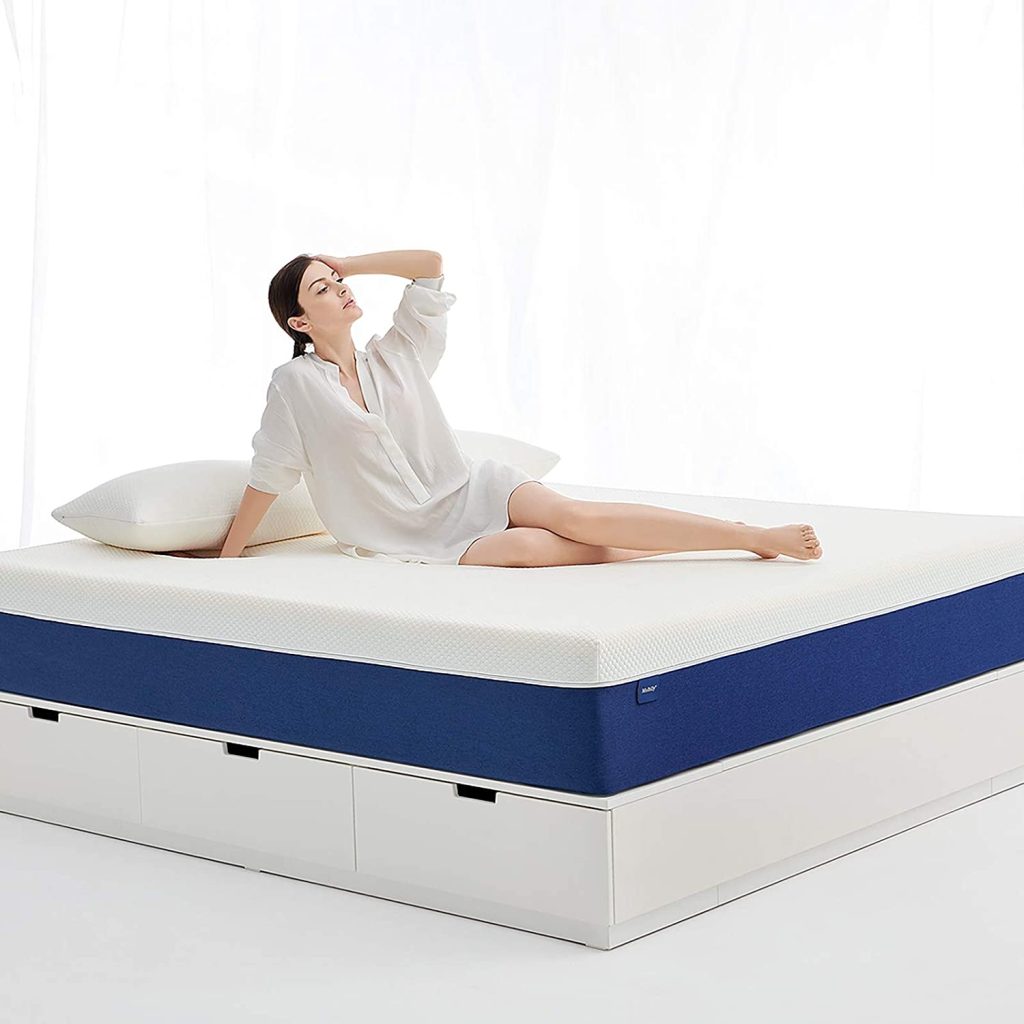Hard mattress or soft mattress? Which one do you choose? DPM tells you the answer!
For people with spinal diseases such as lumbar muscle strain and low back pain, they really need to sleep on a hard mattress to effectively eliminate the pressure on the intervertebral disc caused by weight-bearing and weight, but this “hardness” requires a good grasp of “degree” and “degree”. part”.
Many people firmly believe that “the harder the mattress, the better”, but this is not the case.
For people with spinal diseases such as lumbar muscle strain and low back pain, it is indeed necessary to sleep on a hard mattress to effectively eliminate the pressure on the intervertebral disc caused by weight-bearing and weight, but this “hardness” needs to master the “standard” and “” part”.
Whether a mattress is too firm or too soft, it will change the natural physiological curvature of the spine.
The human body has a unique curve, not a single plane, and sleeps on a mattress with a single firmness and firmness.
Only the head, back, buttocks and heels can bear the pressure, which will make the spine in a state of stiffness and tension. Relying on the muscles of the lower back to provide support will not achieve the desired relaxation effect, but will also form a gap between the mattress and the body. confrontation.
A mattress that is too soft will make the weight of the human body unable to be strongly supported, change the normal curve of the body, and cause symptoms such as hunched over.
Criteria for choosing a mattress
So, how can we accurately grasp the “standard” of the softness and hardness of the mattress?
When purchasing ordinary mattresses, this is basically a problem that cannot be solved, and can only be based on feeling. Because the choice of mattress softness and hardness involves many problems, such as height, physical condition, and disease states, such as cervical spondylosis, frozen shoulder, lumbar muscle strain, etc.
It’s not that you think a soft mattress is comfortable to sleep on, it’s really suitable for you, but there are no hard indicators to judge, you can only rely on feeling.
But the feeling is too illusory, and it is easy to deviate from each person’s different feelings about softness and hardness, and it is easy to be induced.
For example, the same mattress, under the strong praise and guidance of the shopping guide, you will feel very comfortable and fit your body very well, but after you buy it and sleep for a while, you will find that the mattress is not suitable.
From an ergonomic point of view, the various products on the mattress market at present, as well as their soft and hard grades, are actually unscientific.
Because they only have two camps of soft and hard, but in fact, what the body needs is a soft middle with a hard, that is, both strong support and soft response. Moreover, each brand has different standards for classifying soft and hard grades, and the classification results are also different, making it difficult for consumers to distinguish.
Different body parts have different weights and body pressures. For example, the weight of the shoulders and hips is large, which can be called super-pressure points. It is necessary to better disperse the weight and relieve the pressure in order to promote blood circulation and effectively relieve physical fatigue.
Another example is that the neck and waist are suspended, which can be called weak support points, and need more supportive support, so that the back muscles will not be stretched, and they are in a tight state and cannot be relaxed.
Therefore, a mattress must at least provide different support for the four key points of the neck, shoulders, waist and hips, and achieve both soft and hard, in order to achieve the best relief and support, in order to better protect the spine.
However, ordinary mattresses on the market only have a single softness and hardness, which obviously cannot achieve this effect.

Whether it can be both soft and hard
So, is there a way to scientifically purchase mattresses in an objective situation, not by feeling? Is there a mattress that can be both soft and hard according to different parts of the body, and can properly care for the spine?
Of course, in order to overcome these two major difficulties, DPM carried out long and in-depth research more than 20 years ago, and finally made the peer-to-peer sleep system successfully launched, and won the 2016 Red Dot Design Award, “International Invention in Geneva, Switzerland” Gold Award” and other gold-filled international awards.
Just lie on your back and side for a while on the traditional mattress with the DPM point-to-point sensing system.

Its built-in thousands of sensing points can quickly and accurately detect the pressure distribution of various parts of the tester’s body according to height, weight, body turning movements, etc. Based on these data, a mattress is tailored to suit the tester’s body structure and sleeping habits.
Then, based on these data, DPM will quickly “transpose” the interior of the DPM point-to-point mattress on the spot.
That’s right, the DPM point-to-point mattress is not one-piece or closed, but a zipper design with a building block structure inside. The middle layer of the mattress is a point-to-point pressure relief system, which consists of components with different sizes and hardnesses combined.

By adjusting the arrangement of the point-to-point pressure relief system, changing the distribution of softness and hardness, and adjusting the support points and strength, a customized mattress can be generated that is quite consistent with the consumer’s body structure and sleeping habits.
Of course, this customization is not a one-time adjustment. It is necessary to carefully optimize the data after re-measurement, and rearrange the point-to-point pressure relief system until the double perfect standard of data and sleep feeling is achieved.

When consumers lie on the final mass-produced DPM mattress, they will find that the force is uneven compared to the ordinary mattress. At this time, the DPM point-to-point mattress can ensure the uniform force of the body.
Let the curvature of each part fit closely with the mattress, give the human skeleton a natural and comprehensive support, and maintain the natural extension and physiological curvature of the spine.
DPM keenly discovered the hidden drawbacks of ordinary mattresses when purchasing and falling asleep, and took the lead in standing in the perspective of consumer demand and actual experience, using science and technology to make the era of choosing mattresses by feeling a thing of the past.



So that consumers do not have to continue to sleep on a mattress with only a single soft and hard mattress, giving them a new customized sleep experience with both soft and hard, point-to-point soothing.
It is of great significance to the prevention and repair of spinal diseases, and is the best gospel for people with low heads, sedentary people, and people with spinal sub-health symptoms







